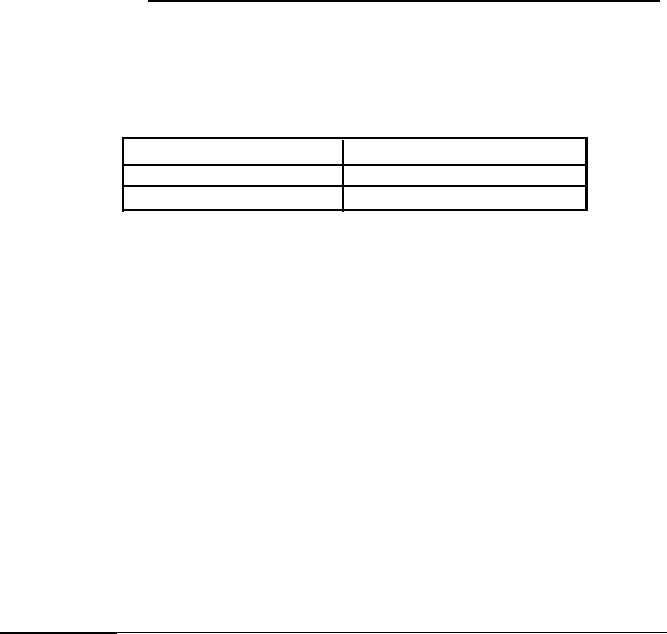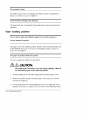
l Copy paper
Thickness: Backing paper:
Copy and original paper:
Carbon copy paper:
Total thickness:
Example: Original
+
2-ply copy
0.07
to 0.12 mm
(.0028 to
.0047")
0.04
to 0.07 mm
(.0016
to. 0028")
Approximately 0.035 mm
(.00138")
0.09 to 0.31 mm (.0035 to
.012")
(roll paper thickness included)
Original paper:
0.04
mm (.0016")
Carbon copy paper:
0.07 mm
(.0028")
(0.035 mm
(.0014")X2
sheets)
Copy paper:
0.04
mm (.0016")
Backing paper:
0.07
mm (.0028")
Roll paper:
0.08
mm (.003
1")
Total thickness:
Copying capability:
0.30
mm (.0118")
As copying capability is influenced by the ambient temperature, printing must
be performed under the conditions described in the table below.
Relationship between Ambient Temperature and Number of Copies
Number of Copies
Ambient Temperature
Original
+
2-ply copy
10°
to
40°C
(50°
to 104°F)
Original
+
l-ply copy
5°
to 40°C (41° to
104°F)
Notes
on using
cut sheets
l Use cut sheets with a paper roll loaded.
l Use cut sheet that is flat, without curls, folds, warps, or wrinkles, especially at
the paper end. Otherwise, the paper may become ink stained or the ribbon
may get caught in the printer mechanism.
Especially slip paper with curls at the paper end may cause character
misalignment within the area about 17 mm
(.67")
from the paper edge.
l Glue must not be on the bottom edge of slip paper. It is desirable that the
glue should be on the top edge of slip paper. Choose slip paper carefully
when the glue is on the right or left edge of the slip paper, since paper feeding
and paper insertion are affected by gluing conditions (e.g., glue quality,
method, and length) and glue location (refer to the figure in the next page).
Be careful especially when slip paper is wide and has the glue on the right or
left edge, since meandering may occur.
4-4 Reference Information


















